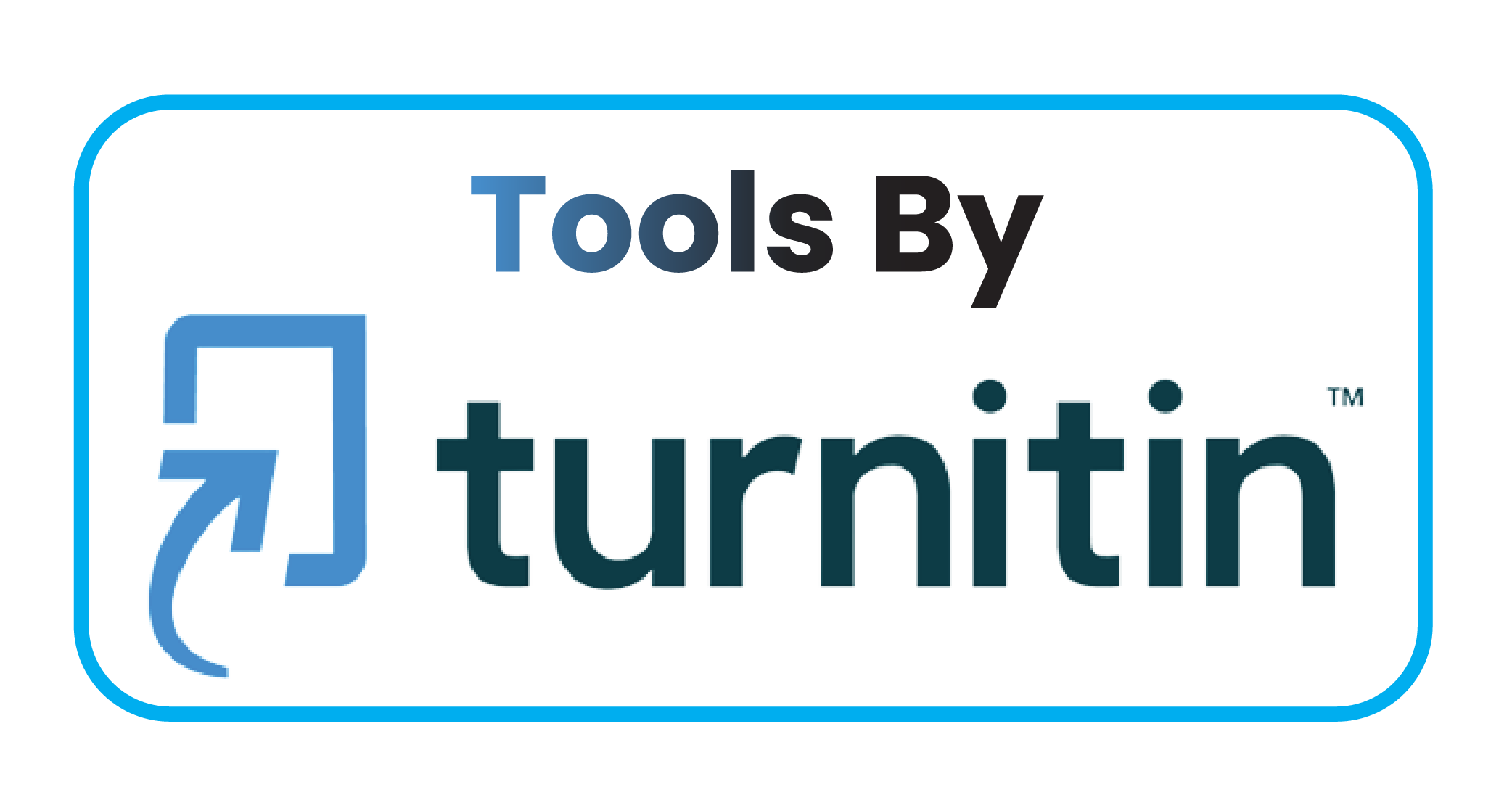Estimation of Forage Productivity and Business Feasibility Analysis at the Integrated Agricultural Center of PT Arutmin Indonesia Site Asamasam
DOI:
https://doi.org/10.59888/ajosh.v2i11.371Keywords:
productivity estimation;, forage for animal feed;, business feasibility analysisAbstract
The purpose of this study is to support the development of cattle fattening business in the Integrated Agricultural Center (SPT) managed by PT Arutmin Indonesia. The research method used in this study is Field Work Practice (PKL) which is carried out at PT Arutmin Indonesia Site Asamasam, Simpang Empat Sungai Baru Village, Jorong District, Tanah Laut Regency, South Kalimantan Province. This street vendor lasts for three months, from March 4, 2024 to June 3, 2024. The results of this study show that the productivity of indigofera, sorghum, elephant grass and odot grass in SPT is 2.92 tons, 4.5 tons, 2.9 tons, and 0.278 tons respectively with a dry matter content of 4.08% respectively; 4,8%; 6,57%; and 7.48%. Based on the results of the feasibility analysis of the cattle fattening business in the tax return. The cattle fattening farm business in the SPT is feasible to run because it has a turnover of Rp. 400,000,000 with PP for 5 years and the company will break even if the BEP price is Rp. 15,321,525 and successfully sells 15 cows.
Published
Issue
Section
License
Copyright (c) 2024 Seftia Norazizah, Fajri Maulana, Endang Wawan, Nurul Yakin, Muhammad Syahwal Ade Putra

This work is licensed under a Creative Commons Attribution-ShareAlike 4.0 International License.
Authors who publish with this journal agree to the following terms:
- Authors retain copyright and grant the journal right of first publication with the work simultaneously licensed under a Creative Commons Attribution-ShareAlike 4.0 International. that allows others to share the work with an acknowledgement of the work's authorship and initial publication in this journal.
- Authors are able to enter into separate, additional contractual arrangements for the non-exclusive distribution of the journal's published version of the work (e.g., post it to an institutional repository or publish it in a book), with an acknowledgement of its initial publication in this journal.
- Authors are permitted and encouraged to post their work online (e.g., in institutional repositories or on their website) prior to and during the submission process, as it can lead to productive exchanges, as well as earlier and greater citation of published work.










